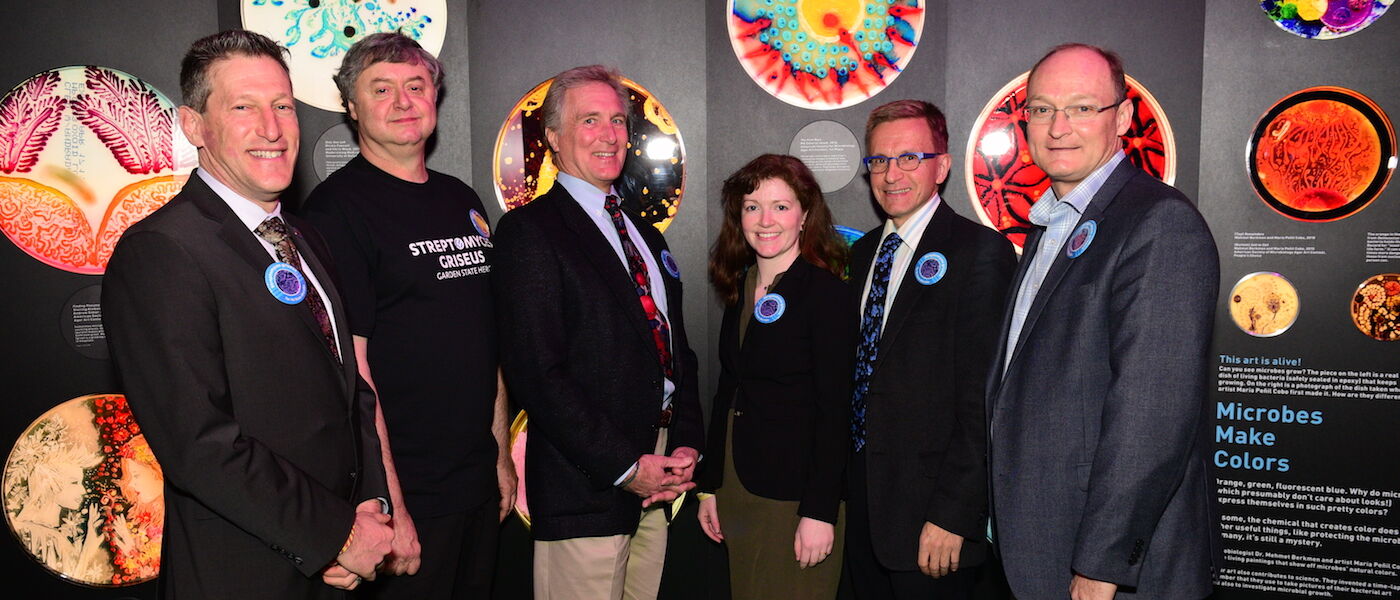Joined by friends and advocates, LSC announces support for official state microbe
Today at Liberty Science Center, we announced our support for an initiative that celebrates scientific and medical innovation in New Jersey: the initiative to make Streptomyces griseus the official state microbe of New Jersey!
This amazing microbe–discovered here in the Garden State at Rutgers University–led to the first cure for tuberculosis, gives soil its earthy scent, and is featured in LSC’s stunning new exhibition, Microbes Rule!
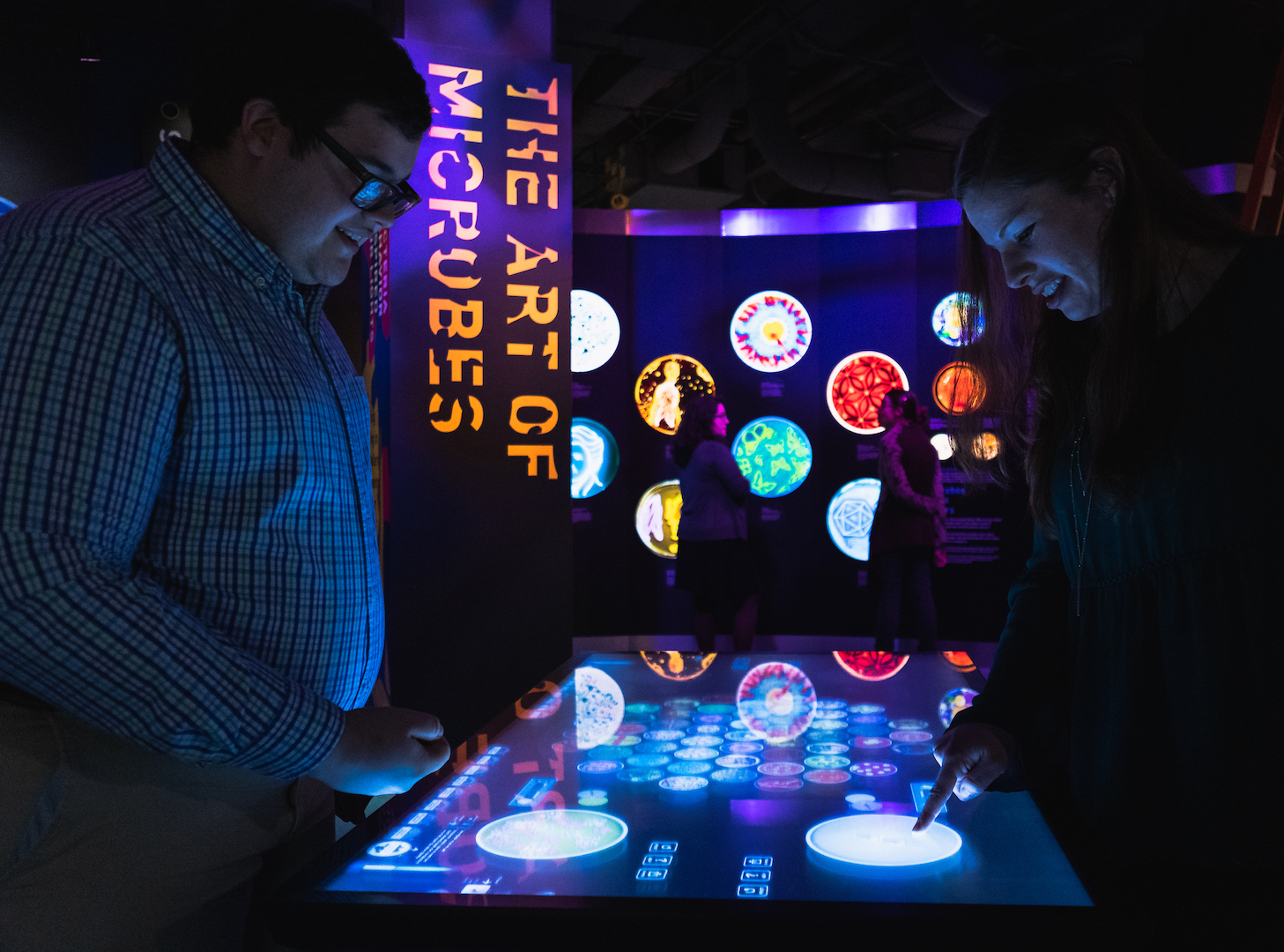
This morning, friends and advocates filled Microbes Rule! and discussed the need for New Jersey to have a state microbe.
LSC President and CEO Paul Hoffman opened the event, stating “Microbes really need a better PR agent” due to the fact that the public mainly perceives microbes as things that cause disease. However, less than 1/10th of 1 percent of microbes actually harm us.
Microbes, in fact, are much more helpful than they are hurtful–especially New Jersey’s very own Streptomyces griseus, which saved millions from death by tuberculosis.
“We shouldn’t just have a state plant or a state bird,” Hoffman said. “We need a state microbe.”
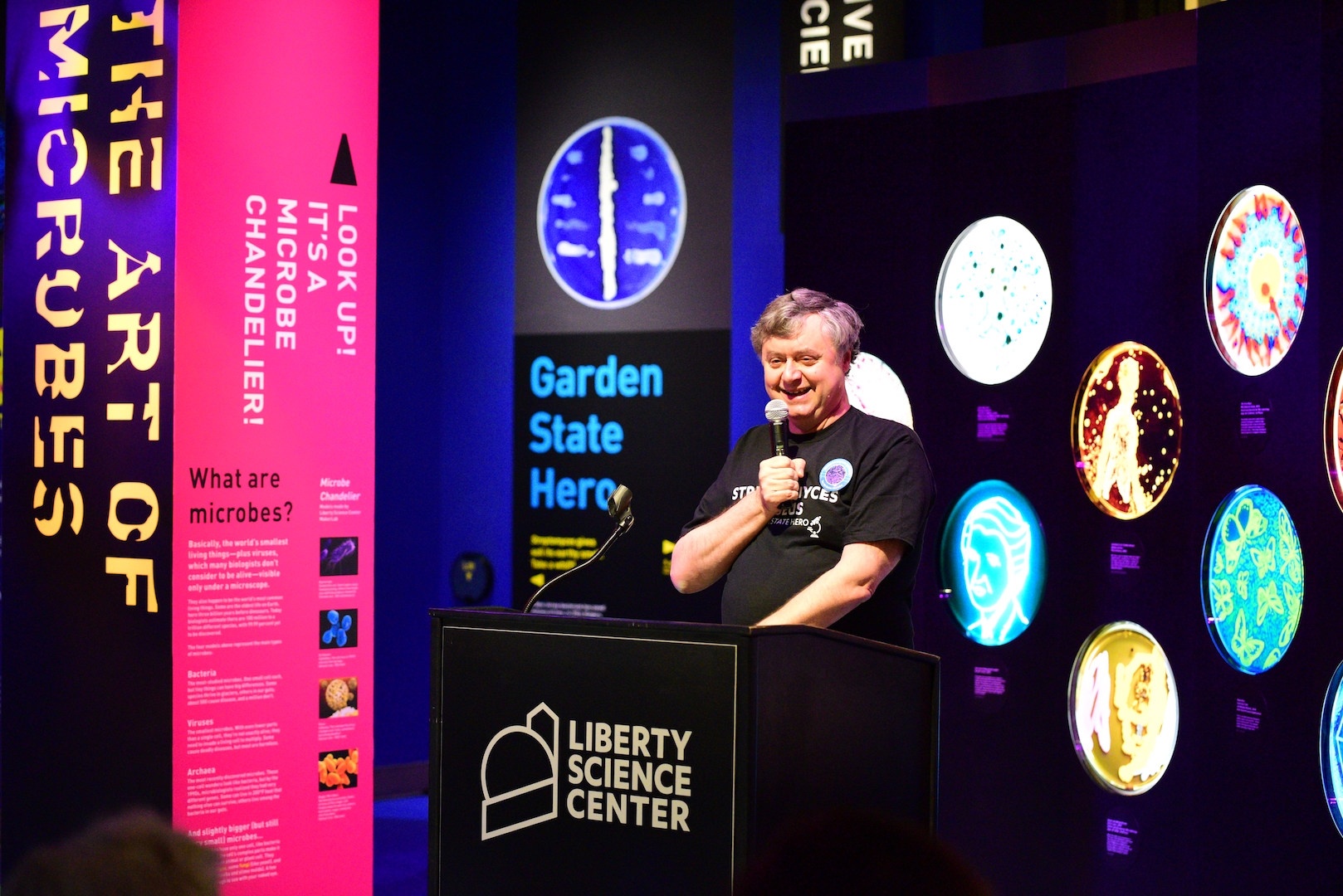
Assemblyman Andrew Zwicker, who serves as chair of the Assembly Science Innovative and Technology Committee, followed Hoffman, explaining how beneficial it would be for children in New Jersey.
"By designating a New Jersey Official State Microbe, hopefully it serves as an inspiration for young people...hopefully it gets them interested in science and provides them with a little bit of a spark, and leads to the next great discovery in New Jersey,” Zwicker said.
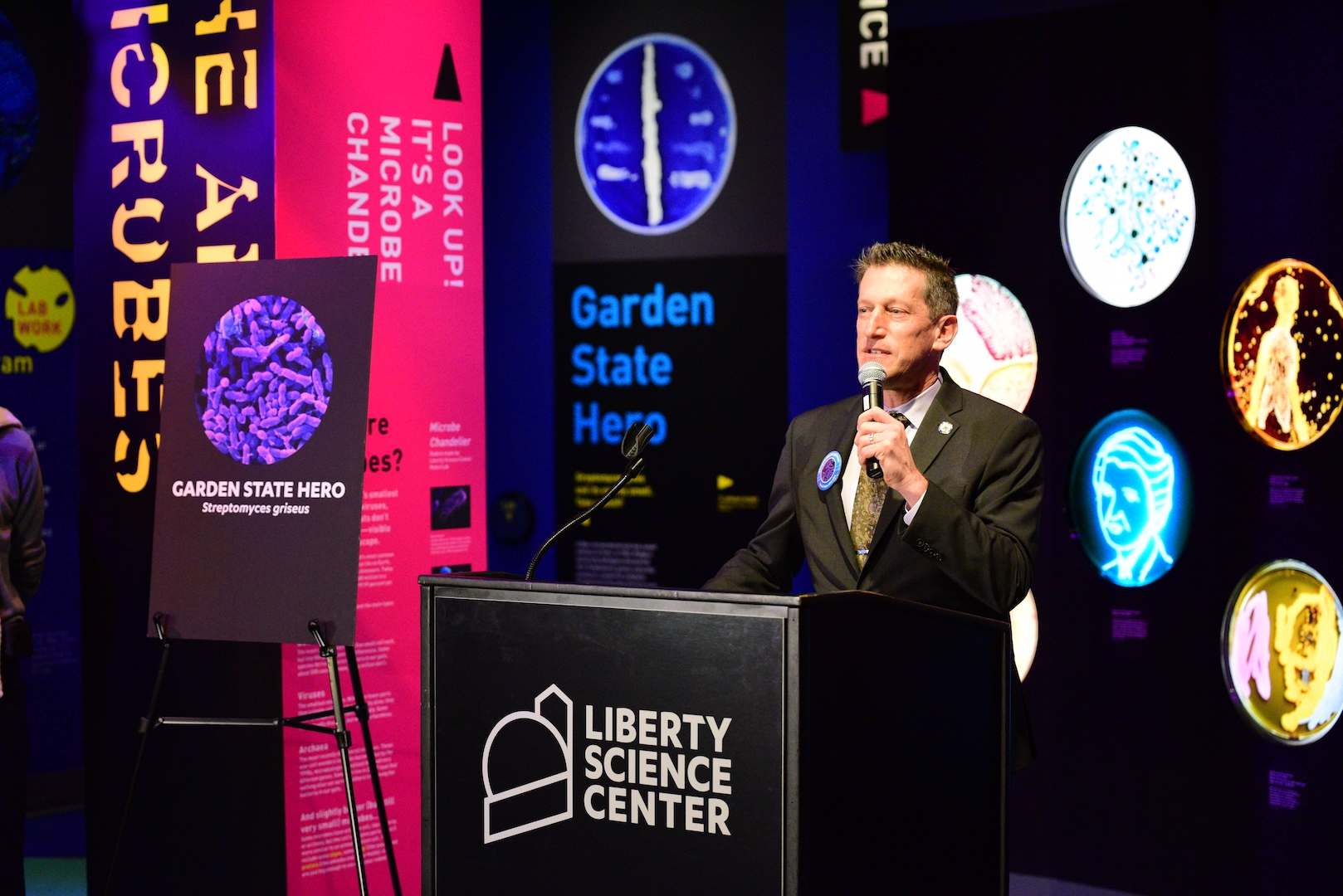
Max Häggblom, a biochemistry and microbiology professor at Rutgers University, noted that Streptomyces griseus is “truly an organism New Jersey can be proud of.”
“Having a New Jersey state microbe...how cool is that?” Häggblom said.
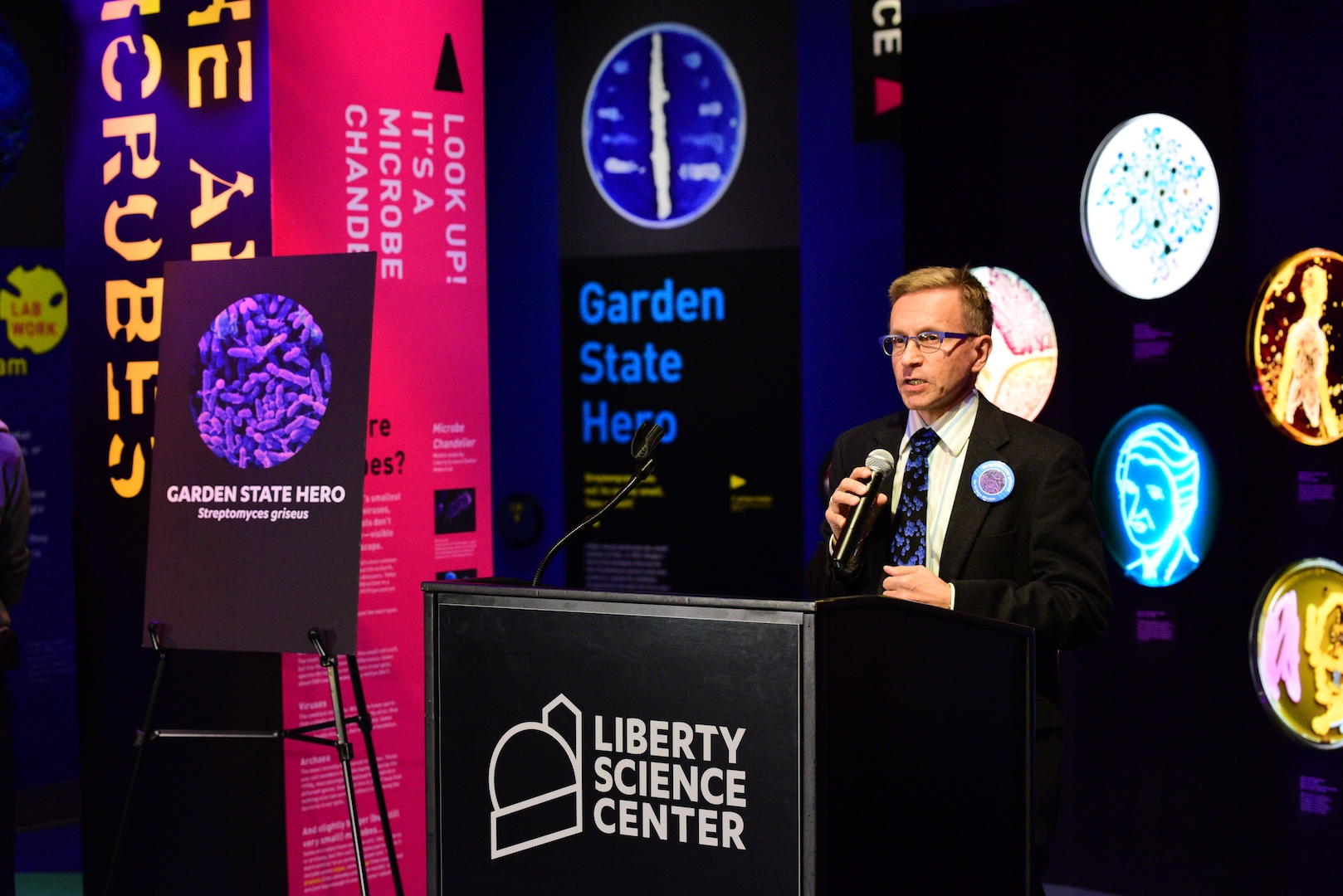
Todd Black, the executive director of infectious diseases/drug discoveries at Merck Research Laboratories, spoke about the health benefits of microbes.
"Microbes aren't just pathogens,” Black said. “Microbes actually make our lives better in so many ways, whether it’s making antibiotic drugs or food products or keeping us healthy in our gut...it’s an important component of our health.”
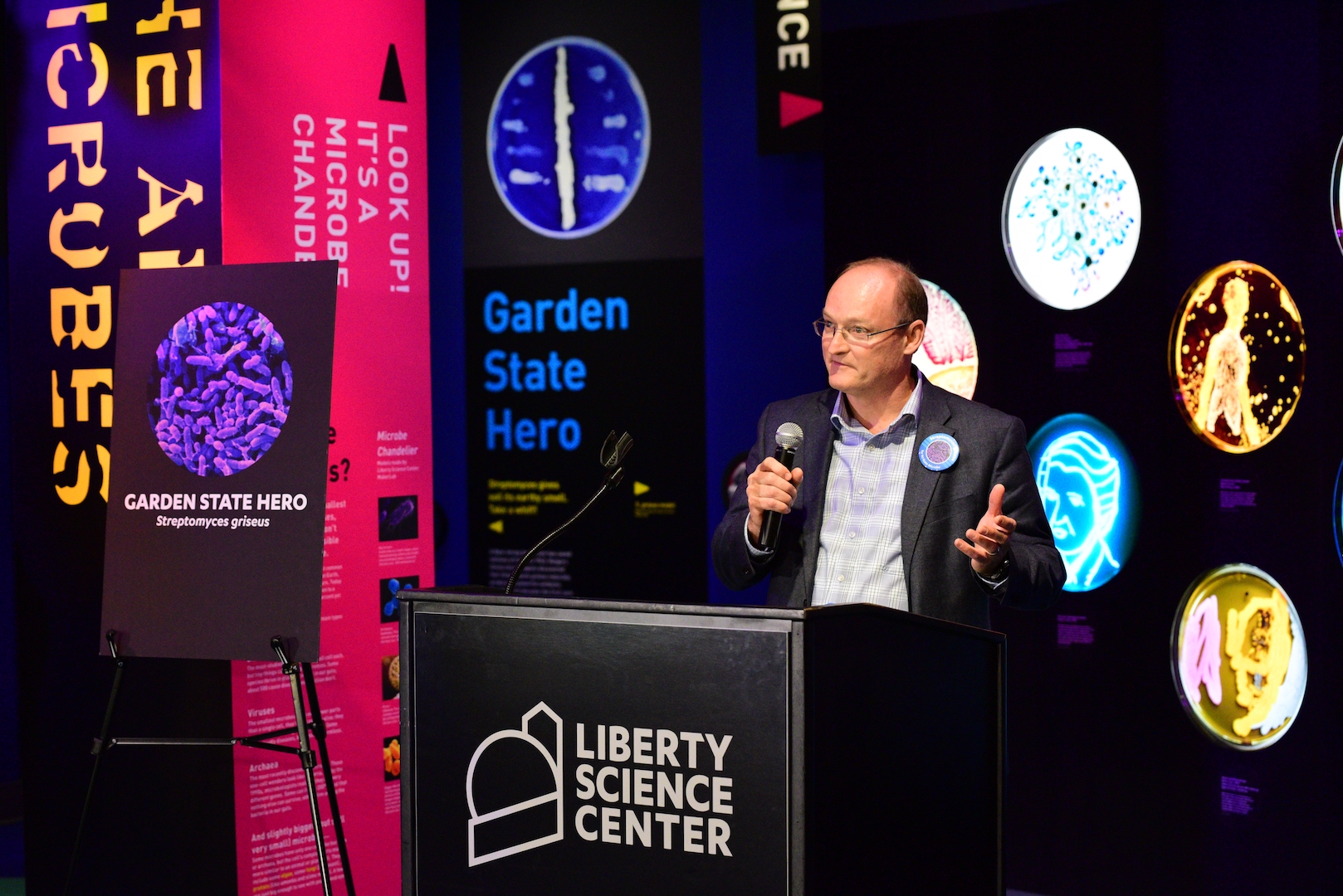
Katherine Lontok, the public outreach manager at the American Society for Microbiology, spoke about how an official state microbe can help clear misconceptions about microbes being dangerous.
"I think people still have this idea that all germs are bad, and we have to wash everything and sanitize everything and get rid of all the microbes,” Lontok said. “That’s just not how it works.”
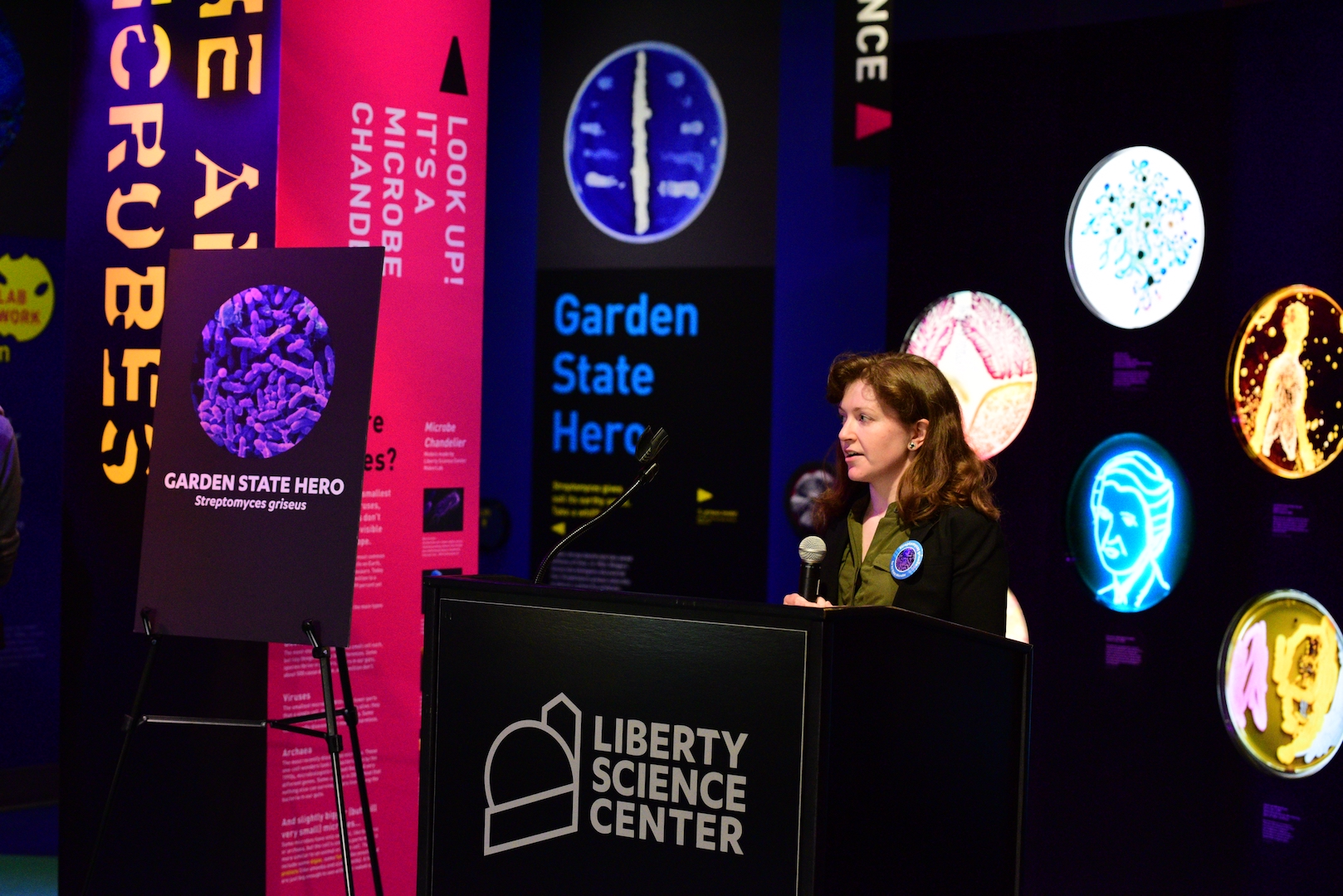
Last, John Warhol, the author of Dr. Warhol’s Periodic Table of Microbes and The Small Guide to Small Things, spoke about the differences between New Jersey and Oregon. Oregon–the only other state with a designated microbe–officially recognized Saccharomyces cerevisiae in 2013 due to its role in craft brewing. New Jersey’s state microbe, meanwhile, would play a major role in promoting STEM education and celebrating the Garden State as the place that helped end tuberculosis.
“It’s a ‘Jersey Proud’ kind of thing,” Warhol said. “And for me, it’s an under-appreciated, under-taught part of our history.”
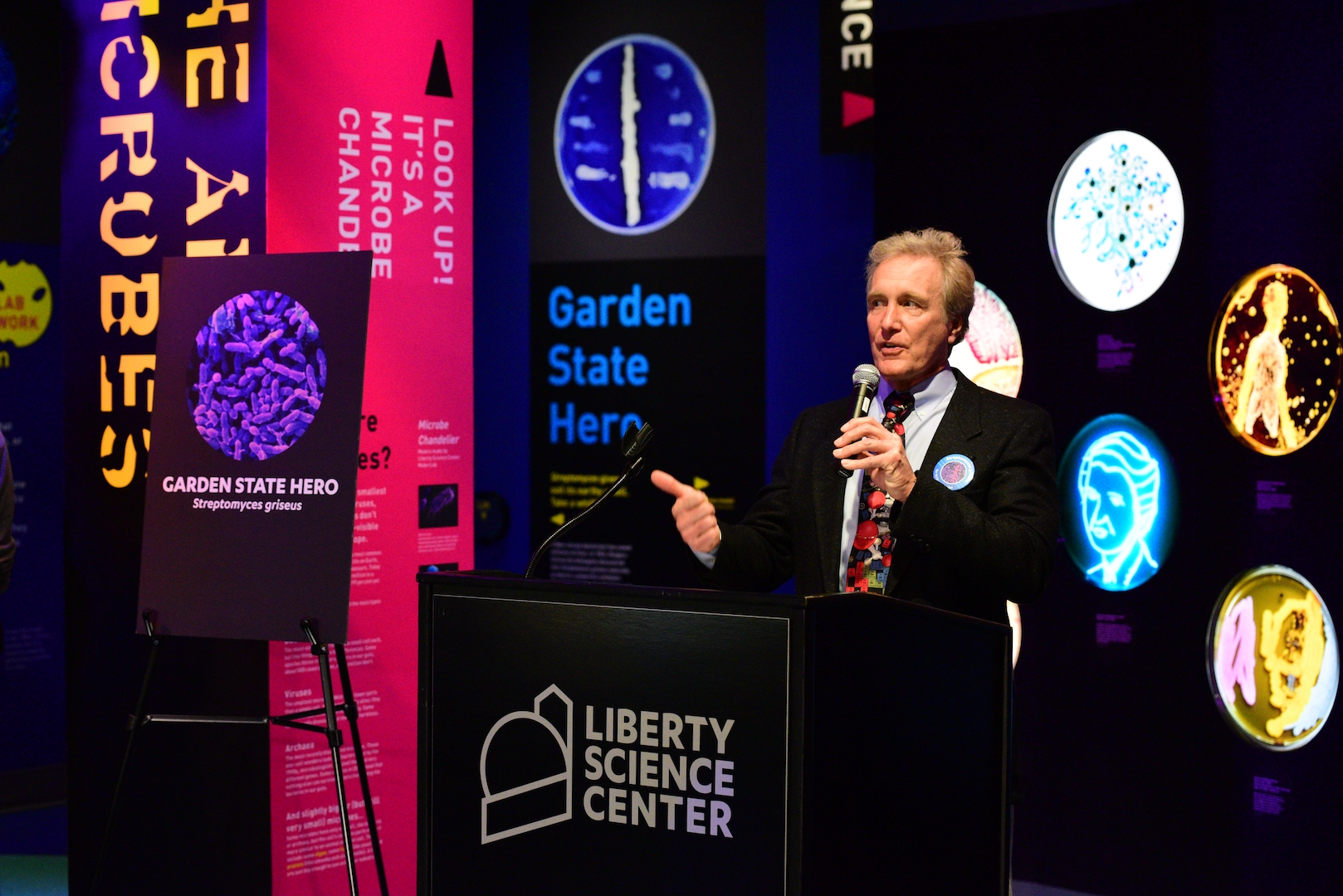
Now the microbe party begins! You can join Liberty Science Center in supporting the movement to make Streptomyces griseus the official state microbe of New Jersey. Click here to sign our petition.
Discovered in New Jersey in 1916, the microbe drew international acclaim for its groundbreaking use as an antibiotic. In 1943, a research team from Rutgers–led by Dr. Selman Waksman with Albert Schatz and Elizabeth Bugie–used it to create streptomycin, the world’s first antibiotic for tuberculosis.
After clinical trials showed that streptomycin cured ailing tuberculosis patients, Merck & Company, a New Jersey-based pharmaceutical company, quickly made the drug available to the public.
Within ten years of streptomycin’s release, tuberculosis mortality rates in the U.S. fell to a historic low, saving millions of lives and ending tuberculosis as one of the leading causes of death in America.
Streptomyces griseus is featured in LSC's cutting-edge new exhibition, Microbes Rule!, which opens Saturday, Dec. 15. Stop by and learn more about the power of microbes in our cutting-edge new space!

